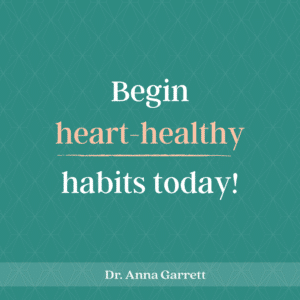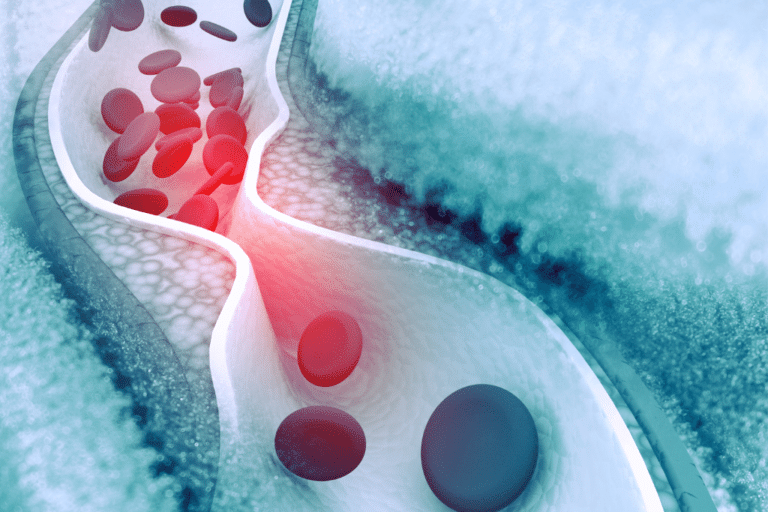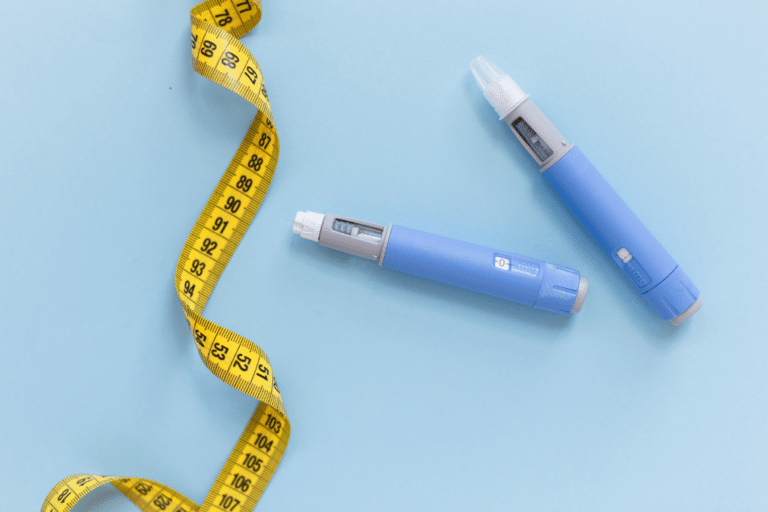Cholesterol.
We have all heard of it. We know it’s important to our overall health, but exactly how important is it? At what age do we need to start monitoring our cholesterol levels? What in particular do women need to know about the risks of high cholesterol?
Before we dive into these important questions, let’s start with the basics.
Understanding Cholesterol
Cholesterol is a waxy substance found in every cell of your body. Our bodies either make it or we absorb it from food. Cholesterol is important for our bodies because we need it to make steroid hormones such as estrogen, progesterone, and Vitamin D and to repair cell membranes. Cholesterol also makes bile acids in the liver, which helps fat absorption during digestion.
So, SOME cholesterol in the body is essential for good health.
We’re taught that there is good and bad cholesterol. “Good” cholesterol is also known as HDL cholesterol. Generally, women have higher levels of HDL than men because estrogen boosts levels. It’s the “bad” cholesterol we are worried about when it comes to our health.
Or are we?
More on that in a minute.
“Bad” cholesterol is made of both LDL cholesterol and triglycerides. High levels of LDL cholesterol in the bloodstream can result in inflammation, increasing the likelihood of deposits called plaques forming in your arteries. This results in a phenomenon known as atherosclerosis (or hardening) of your arteries. Atherosclerosis is a major cause of heart attacks and strokes.
But is LDL Cholesterol REALLY bad?
Whether or not LDL is dangerous is highly dependent on other factors. Our LDL behaves poorly based on the amount of inflammation and oxidative stress present in our arteries – which is dependent on other factors such as blood sugar control, stress, antioxidant status, immune system strength, detoxification capability, gut health, nutrient sufficiency, and activity level. Studies show that over half the people in the hospital having had a heart attack had “optimal” LDL levels prior to the event.
But is high LDL always a problem? A test called the coronary calcium score can help settle this, as can advanced lipid testing. Studies have shown that the coronary calcium scan better predicts coronary events than cholesterol screening or other risk factor assessments.
Advanced lipid testing looks at the particle size of cholesterol. Smaller, dense particles more readily contribute to the development of plaques and are elevated by carbohydrate consumption (as are triglycerides). On the other hand, large, fluffy cholesterol particles do little to contribute to the risk of heart disease.
These advanced tests and coronary scans aren’t without controversy. They are not always covered by insurance for people without symptoms of heart disease, but they are becoming more mainstream.
HDL cholesterol… is more better?
HDL cholesterol does provide a protective effect against LDL because it transports the LDL out of circulation back to the liver. In this process, it rescues damaged LDL particles that can be plaque-causing. However, when HDL becomes higher than 100, it can be too much of a good thing. Oxidative stress can damage HDL, failing to do its job of removing LDL from circulation. It may then become part of atherosclerotic plaques. When this happens, tests such as hs-CRP (a marker for inflammation) and 8-OHDG (a marker of oxidative stress) can help further clarify whether high HDL is a problem.
The Connection Between Menopause and Cholesterol
Many women are unaware that they are at risk for heart disease even though it is the number 1 killer of menopausal women. A study published in the Journal of the American College of Cardiology found that over a 10-year period, cholesterol levels in almost every single woman increased around the time of menopause. Also, researchers found that “in the two-year window surrounding their final menstrual period, women’s average LDL rose by about 10.5 points (or 9%). The average total cholesterol level also increased substantially, by about 6.5%.” Loss of estrogen tended to decrease women’s HDL levels.
These changes may not look that significant, but the typical woman lives several decades after menopause, and changes can add up over time. Many perimenopausal women do not have their cholesterol levels checked frequently, so they may be unaware that they already have borderline risky levels of cholesterol BEFORE going through menopause. When they go through menopause, the increase in cholesterol may put them in an unhealthy range.
The thyroid also plays a role in high cholesterol for women. Hypothyroidism is the number ONE cause of high cholesterol in midlife women. A sluggish thyroid may result in sluggish cholesterol clearance from the liver, so a full thyroid panel should be the first step in further assessing high cholesterol. Optimization of thyroid function can result in the normalization of cholesterol levels.
The good news is you can take steps to prevent this from becoming a problem.
What Cholesterol Levels Are Healthy?
What are the target numbers for cholesterol? It can vary by disease state, but for an average healthy woman, the goals are:
- LDL cholesterol less than 130 mg/dL unless you have heart disease, diabetes, or more than two risk factors…then it’s 100 (and possibly less than 70 mg/dL)
In addition to high LDL, atherosclerosis, or diabetes, other important risk factors for heart disease are:
- Cigarette smoking
- High blood pressure (140/90 mm Hg and above or on blood pressure medication)
- Low HDL cholesterol
- Family history of early coronary heart disease
- Age (for men, age 45 or older; for women, age 55 or older)
2. HDL cholesterol around 50mg/dl or higher
3. Triglycerides less than 150 mg/dl
4. Total cholesterol well below 200 mg/dl
Tips for Healthy Cholesterol Levels
- Eat a heart-healthy diet, focusing on fruits, vegetables, lean protein, and high amounts of soluble fiber.
- Exercise for at least 30 minutes five or more days per week.
- Don’t smoke.
- Maintain a healthy weight.
- Drink alcohol in moderation, especially if your triglycerides are high.
- Eat monosaturated and polyunsaturated fats. Good examples include those in olive oil, nuts, and fatty fish like salmon.

- Medicate if necessary. Depending on your overall heart disease risk (calculate yours here), you may need to be treated with a cholesterol-lowering medication, such as a statin or niacin (available OTC), or herbal cholesterol-lowering product such as bergamot or red yeast rice.
Menopause is a great time to evaluate your heart health and take measures that will greatly enhance the quality of midlife and reduce your risk of cardiovascular disease.
Why not start today??
Dr. Anna Garrett is a menopause expert and Doctor of Pharmacy. She helps women who are struggling with symptoms of perimenopause and menopause find natural hormone balancing solutions so they can rock their mojo through midlife and beyond. Dr. Anna is the author of Perimenopause: The Savvy Sister’s Guide to Hormone Harmony. Order your copy at www.perimenopausebook.com.
Dr. Anna is available for 1-1 consultation. Find out more at www.drannagarrett.com/lets-talk




